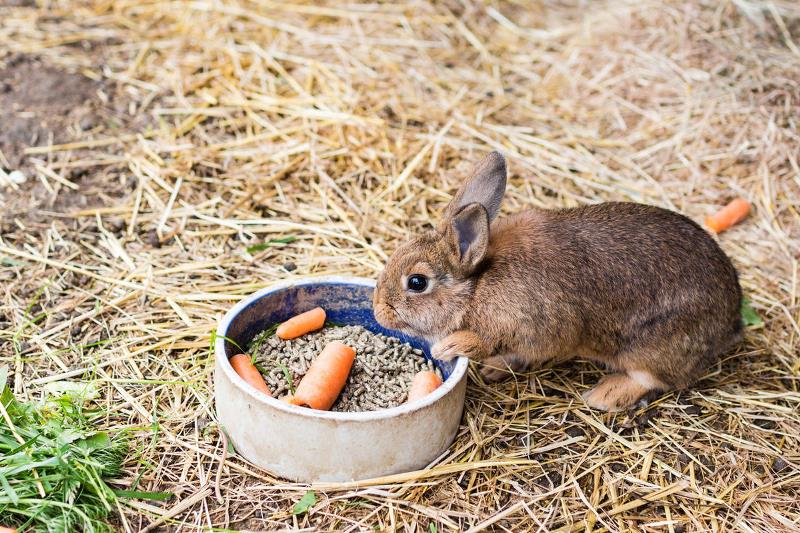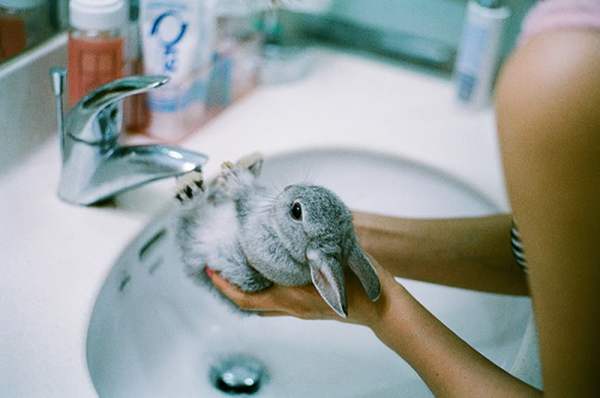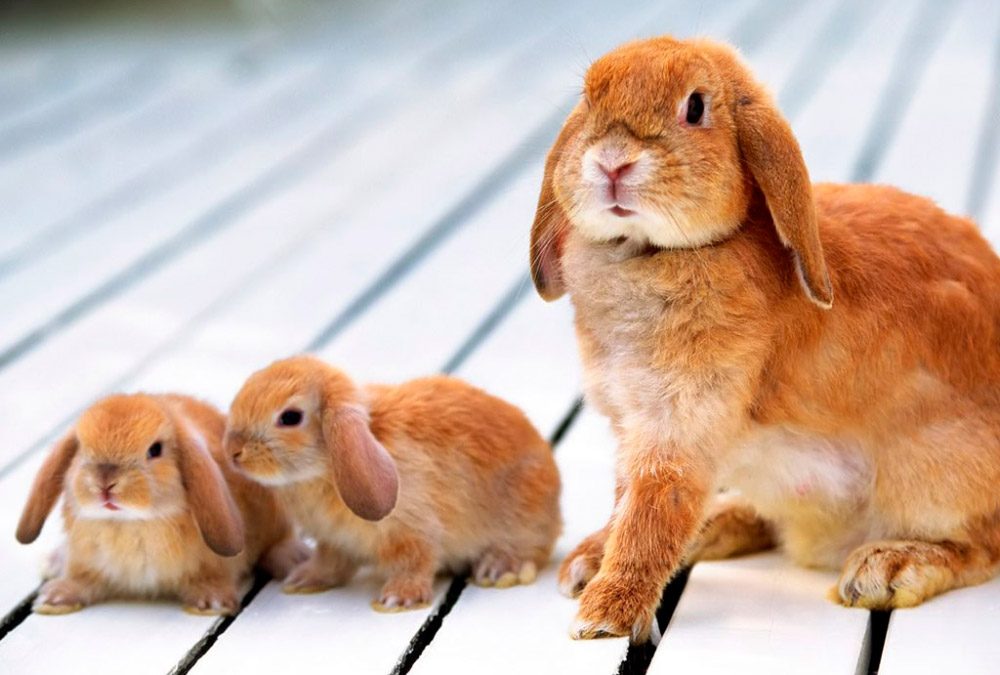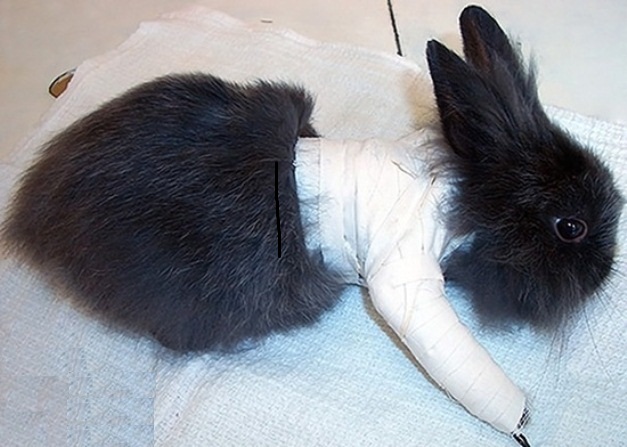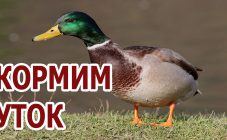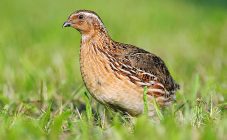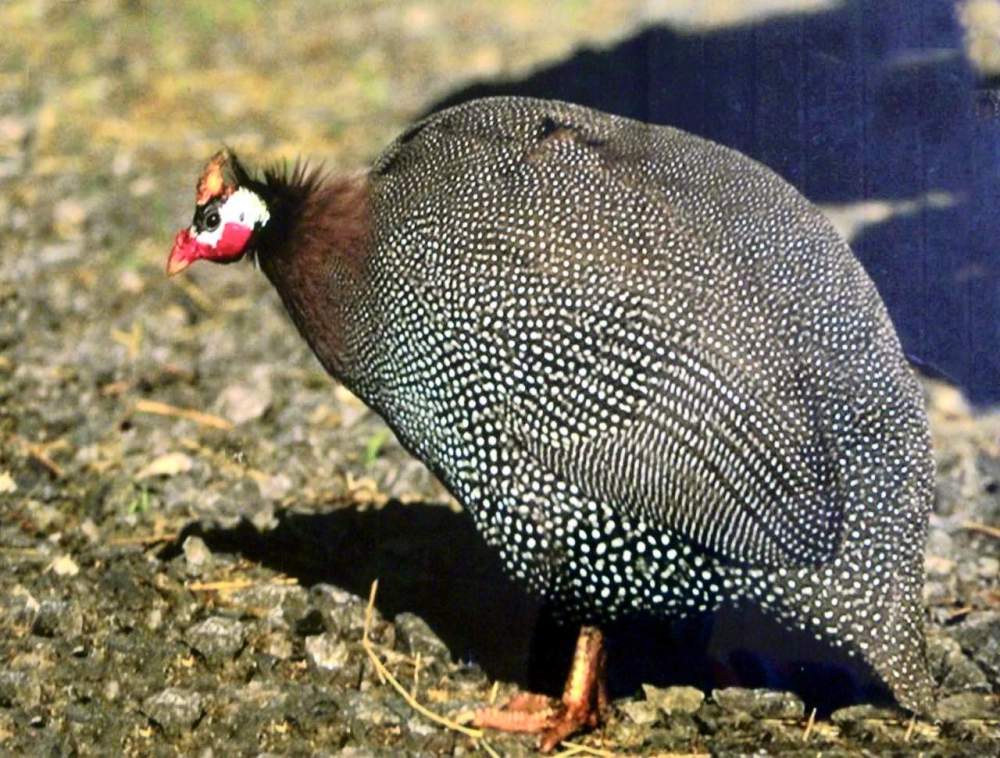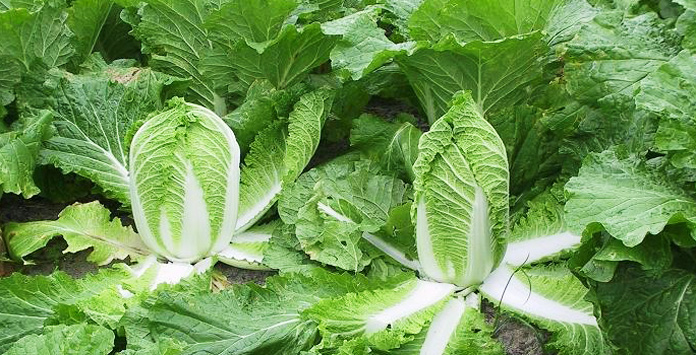Content:
Having decided one day to have a rabbit in the apartment or to engage in their mass breeding, you need to remember that any living creature requires careful care. A rabbit differs from a cat or dog in that it needs special conditions: from the size of the cage to the appearance of offspring. Prospective owners should carefully study how to care for rabbits at home and what to feed.
Rabbit care at home for beginners
First you need to decide why and for what. The conditions for keeping a pet will differ slightly from breeding rabbits for commercial purposes.
This is an ornamental animal that is taken into the house, like a cat or a dog as a pet, it is not bred en masse for doing business, since it is impractical.
First of all, you should decide and choose a place for their habitation. How to care for a rabbit at home, you need to know especially for those who have them for the first time.
The cage is usually bought or made in the shape of a parallelepiped, while its size should be such that there is enough space for the animal itself, and the owner is comfortable with cleaning and disinfecting. When the house for the rabbit family is ready, inside it is imperative to make flooring from sawdust, straw, hay or coniferous branches.
Caring for rabbits at home for beginners involves following these rules:
- when placing one individual, a free space of at least 1 m² is required;
- the male and the female must be kept separately, as well as young animals separately from adults;
- if the animal is sick, it should be relocated from others to avoid the spread of infection;
- clean the cage daily, change the flooring as it gets dirty, disinfect it 3 times a month;
- maintain the right amount of food and water for pets;
- you need a hygienic grooming of rabbits at home.
Rabbits are inherently very mobile, so it is important not to injure the animal when combing and removing tangles. Grooming a rabbit at home is relevant at different times of the year. In summer, it saves the animal from heat and heatstroke, and in winter (during the heating season) from debate and irritation on the skin.
How to feed your rabbit at home
Unlike many pets, keeping and feeding rabbits is not the easiest thing and requires a balanced diet, otherwise it is fraught with the occurrence of dangerous diseases in the pet. For a fluffy animal to always be healthy and active, its food must be rich in vitamins, minerals, carbohydrates and proteins.
In summer, animals are best fed:
- herbs (coltsfoot, dandelion, clover, plantain, rape), which should be served dry;
- leaves of berries growing in the garden (strawberries, raspberries, currants) and lettuce;
- root vegetables (carrots, beets, potatoes), served raw or boiled;
- fruits and vegetables (cabbage, zucchini, apples, pears);
- dry food.
In winter, the animal's body lacks vitamins. At this time, there should be more nutritious food in the rabbit menu, herbs are replaced with hay and straw prepared in advance. You can treat with spruce and pine branches, which contain vitamin C. It is recommended to add chalk to the diet all year round.
A pregnant or lactating rabbit needs a special approach: her menu should be more varied, and the portion should be larger. The most nutritious foods for females during this period are roots, legumes, grains, and bran.
Special feeding conditions for young animals. The little rabbit has a very weak digestion, he is allowed to give only tender herbs and roots. Solid forage (grain, hay, straw) should be excluded.
What to do if a rabbit breaks its hind leg
You can also help a rabbit in case of injury at home. Fractures in animals, like in humans, are closed and open. Closed fractures are more difficult to detect for non-professionals. Usually, the paw swells up, the animal begins to limp.
If the rabbit has a closed fracture of the hind limb, with such an injury, the paw must be fixed in one position and rewound with an elastic bandage, or even better, a splint bandage should be applied. It can be made from a board, die, cardboard. During treatment, the animal, like any patient, needs to be helped to eat and move around the cage.
With an open fracture of the hind leg, the main thing is to properly treat the wound to avoid suppuration. For this you need:
- rinse the fracture site with hydrogen peroxide;
- treat with iodine;
- fix a protective bandage made of cotton wool and bandage;
- apply a splint.
Not earlier than a month later, the bandage can be removed - usually this time is enough for the limb to grow together.
How to castrate rabbits at home
Castration is primarily needed by decorative breeds, this will save you from unwanted offspring without harm to the pet itself. Rabbits are highly reproductive. According to statistics, a rabbit can bring up to 30 young rabbits per year.
The castration procedure is of two types: an open method, which is applied mainly to rabbits, and a closed, safer one, since there is no need to make an incision in soft tissues. It is the last method that is recommended at home.
First, you need to disinfect the place where the operation will be carried out, tools and hands of the "surgeon" with an antiseptic. After the male has fallen asleep after anesthesia, you need to:
- feel the scrotum with the testicles with your fingers;
- pull her towards you;
- tie the base of the testis tightly with a silk thread;
- clamp the spermatic cord with a castration loop.
Rabbit breeding, as you can see, is a whole science, which should be mastered very responsibly if such pets as rabbits appear at home. But most importantly, do not forget to be responsible for those who have been tamed, and to give your pets proper care and attention.
